When it comes to weaving tools there are so many different things that you could use that it can be hard to know where to start. I actually have already put together a post about tools that you need to get started weaving.
But then there are tools that I avoided buying.
Tools that did not seem important to add to my weaving studio because I already had something similar or I could do without. When I finally decided to try them out, though – well, I can not believe it took me so long to give them a chance!
Saying that you need these tools would be a bit of an exaggeration. But, these tools are the ones that I wish I had bought earlier because they make my life easier and my weaving simpler.
Plus, if I lose any of them – well, I will not be happy.
This page may contain affiliate links. If you purchase something through these links then I will receive a small commission – at no extra cost to you! Please read our DISCLAIMER for more info. Thanks for the support!
Long tapestry needle
You can get the extra long tapestry needle HERE!
I do not remember the first time I saw this long tapestry needle, but by the time I did, I had so many of my own regular tapestry needles that there was no way I needed another one.
That is until I was placing an order and I decided – why not?
This is now my favorite tapestry needle.
Who even knew it was possible to have a favorite tapestry needle?
This needle is the one that I reach for the most and well, I think I actually need to buy some more for when I am weaving discontinuous weft! That is probably the best way you can compare 2 different lengths of tapestry needles – weave with them at the same time.
(Learn more about discontinuous weft HERE.)
The length of this needle makes it great for both wide and skinny weavings and allows you to pull up less. I can easily weave all the way across my 2-inch tapestries that I am working on without running out of room to hold the needle! If you are weaving manually (without the use of a shuttle or shed) as I do often, then I highly recommend giving these a try.
That being said, I still use regular-sized tapestry needles often.
They are especially good for weaving in my ends because a long tapestry needle would not be a good choice for that. When it comes to weaving tapestry, though, this long needle is a great option to have.
(Learn about weaving in your ends HERE.)
(Learn more about different types of tapestry needles HERE.)
Tapestry beater
You can get this Threadsthrutime tapestry beater HERE.
I spent a long time weaving with only the use of a comb (or a built-in beater) to compress my wefts. It is what I learned with and if it ain’t broke, don’t fix it – right?
While I still love using a comb because it is lightweight and inexpensive – using a dedicated tapestry beater definitely has its advantages.
If I am weaving at home I always grab my tapestry beater over a comb or a fork. Using thinner tools like tapestry beaters over combs allows you to focus on smaller areas at a time which is common when weaving tapestry.
Most combs that you will find have different spaced teeth at each end, so you have to maneuver the comb accordingly. This is not a deal-breaker! But not having to do it is better. Tapestry beaters are meant to fit in your hand and therefore they have a really good feel to them that makes weaving just that little bit more enjoyable.
I did do an entire post on the different types of tapestry beaters, so make sure to check that out if you are interested in getting one for yourself.
(Learn about the different types of tapestry beaters HERE.)
Yarn snips
You can get these Singer yarn snips HERE.
Scissors are a must in your studio because you will need them in order to cut your yarn, fabric, and thread. Dedicated fabric scissors are a must because using them for anything else (like paper) can dull them and make them not work as well when you need them to cut your yarn.
I have always had dedicated fabric scissors in my studio (multiple scissors actually), but when I first got the opportunity to use yarn snips I fell in love.
Yarn snips are smaller and work with a spring mechanism that means that they are open when not in use.
This design makes them perfect for clipping a lot of yarn ends continuously.
My favorite thing is to use them for snipping all of my weft tails after finishing. Using scissors for this is perfectly acceptable, but the snips make it just a bit quicker and more enjoyable. Since finishing is probably one of the least enjoyable parts of weaving (at least for me) every little bit helps.
Rigid heddle loom
You can get the Schacht Flip folding rigid heddle loom HERE.
Depending on who you talk to, a rigid heddle loom might be considered weaving equipment and not weaving tools. Either way, I put off purchasing a rigid heddle loom for a long time.
I know that a lot of people start out on rigid heddle looms, but I was not one of them.
I am mostly a tapestry weaver so I did not think that I needed a rigid heddle loom and truthfully I do not need it but I am happy I finally added one to my studio.
I actually find weaving balanced weaves and patterns extremely satisfying. They weave up so much faster than tapestry and the fast pace is refreshing.
If you normally weave on a floor loom then shelling out a little bit of extra money to also have a rigid heddle loom can be a really good investment in order to have a second loom.
Having a second loom can be great for many reasons including being able to weave up samples or just to weave a second project when your first is still in progress.
…and my post on choosing the right second loom for you!
Like I said at the beginning, none of these tools are required to start weaving. You will need some sort of tapestry needle, some sort of scissors or snips, some sort of beater, and some sort of loom! I do not regret starting with the ones that I did. I still use them all the time and love them!
That being said, these other tools have some perks that make them a great addition to your studio.
Shop This Post!
⇣ Love It? Share It! ⇣
You May Also Like















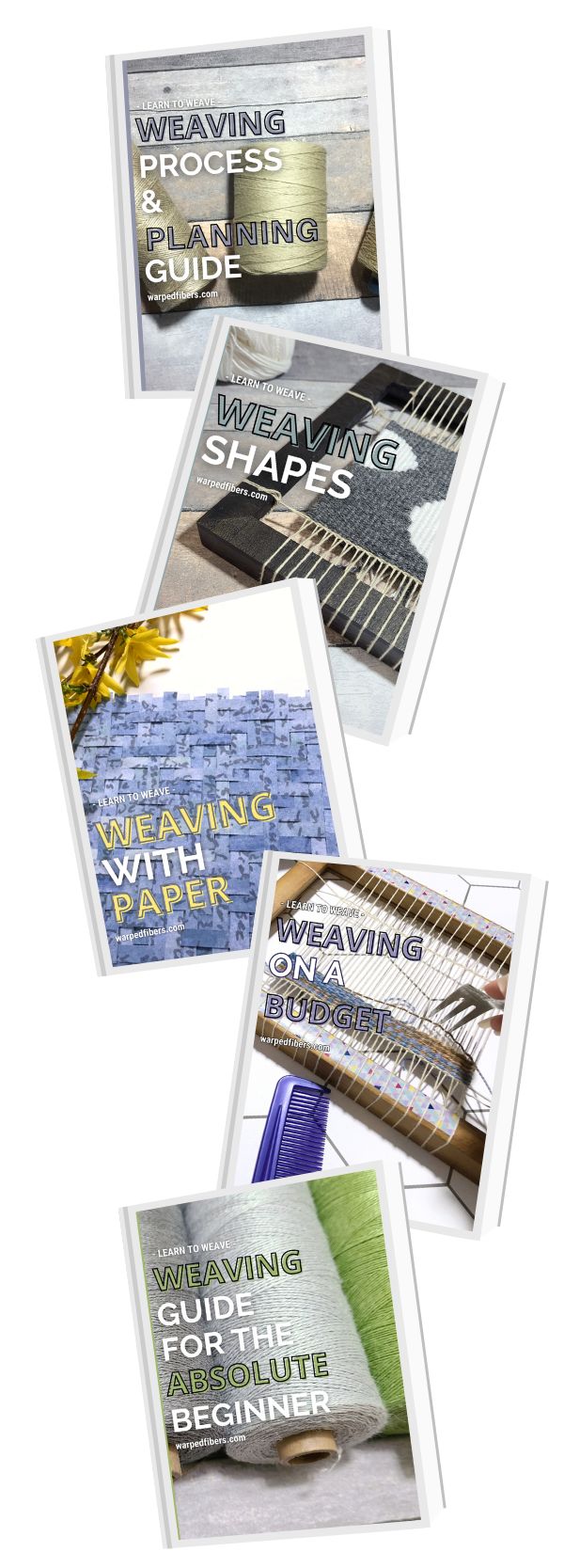
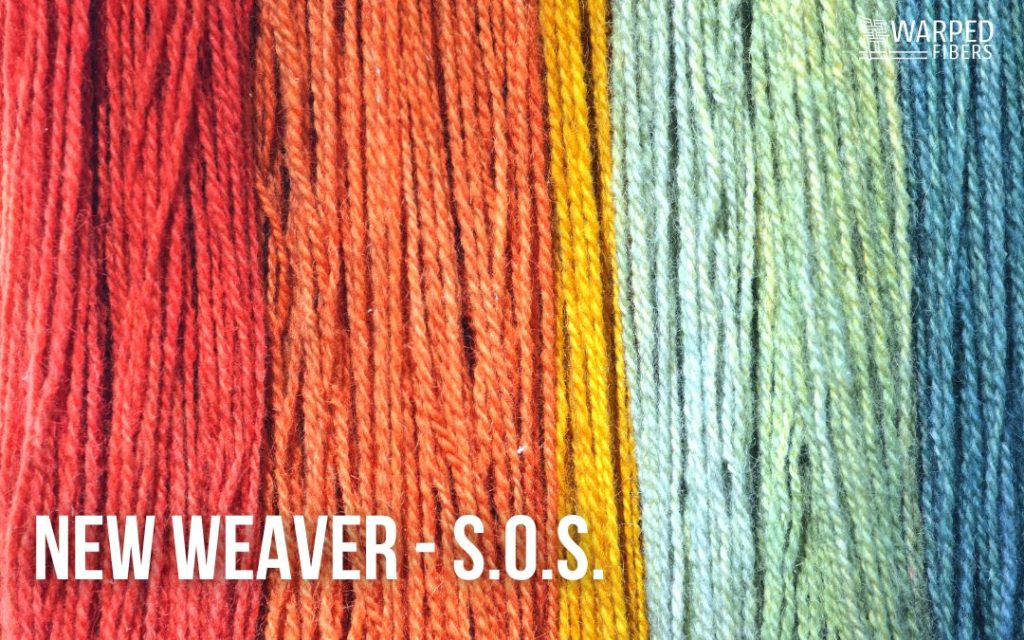

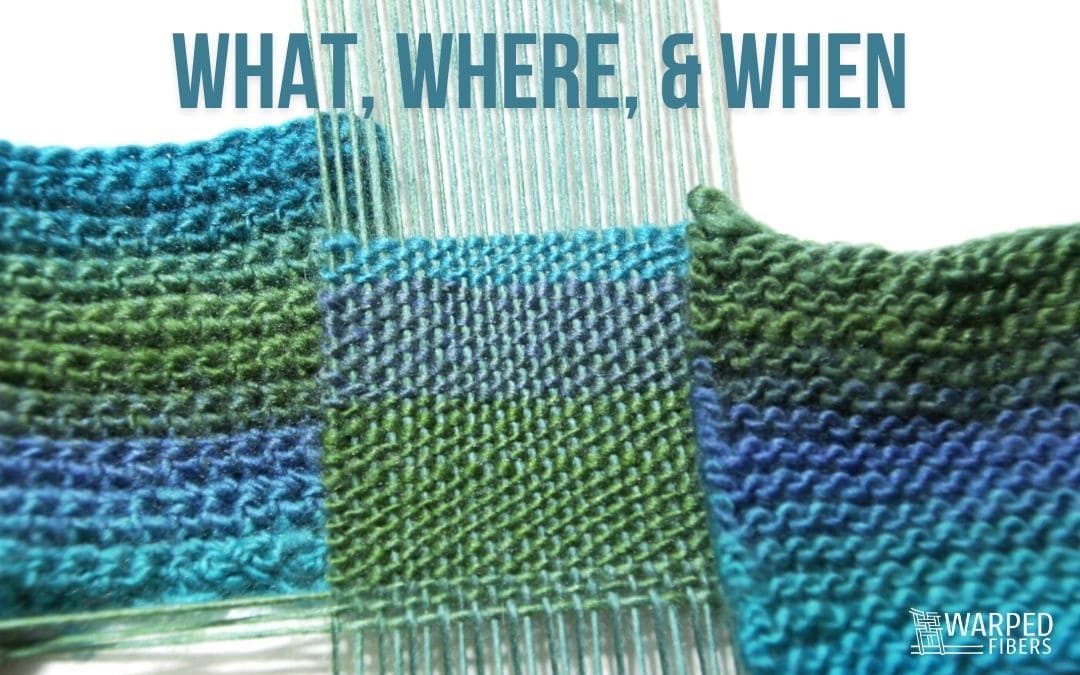

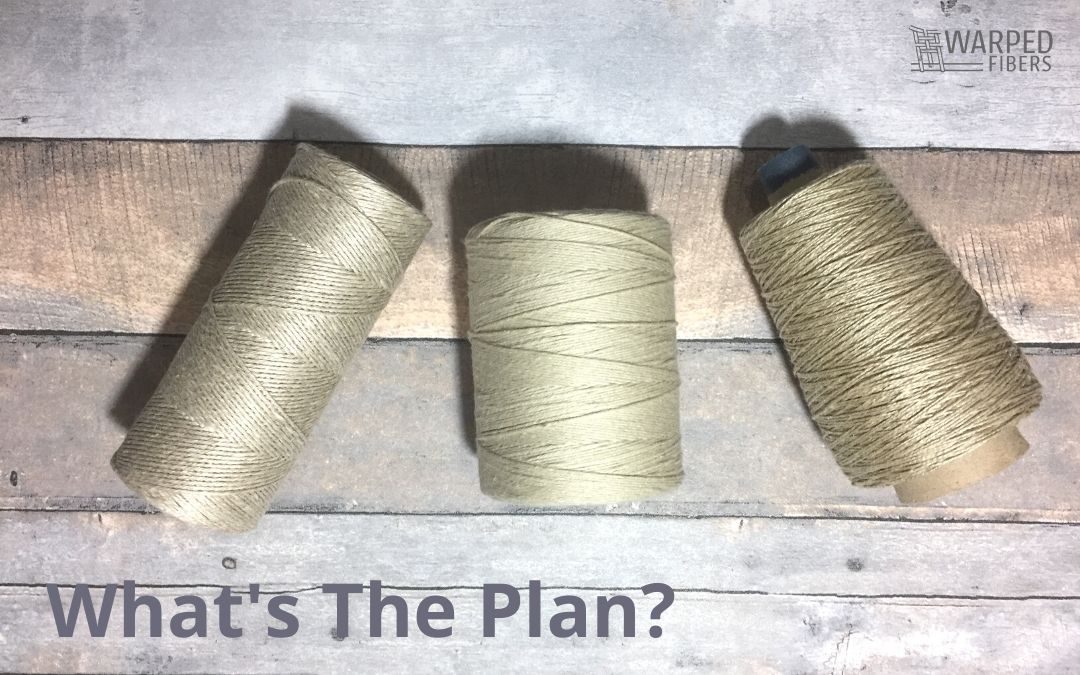

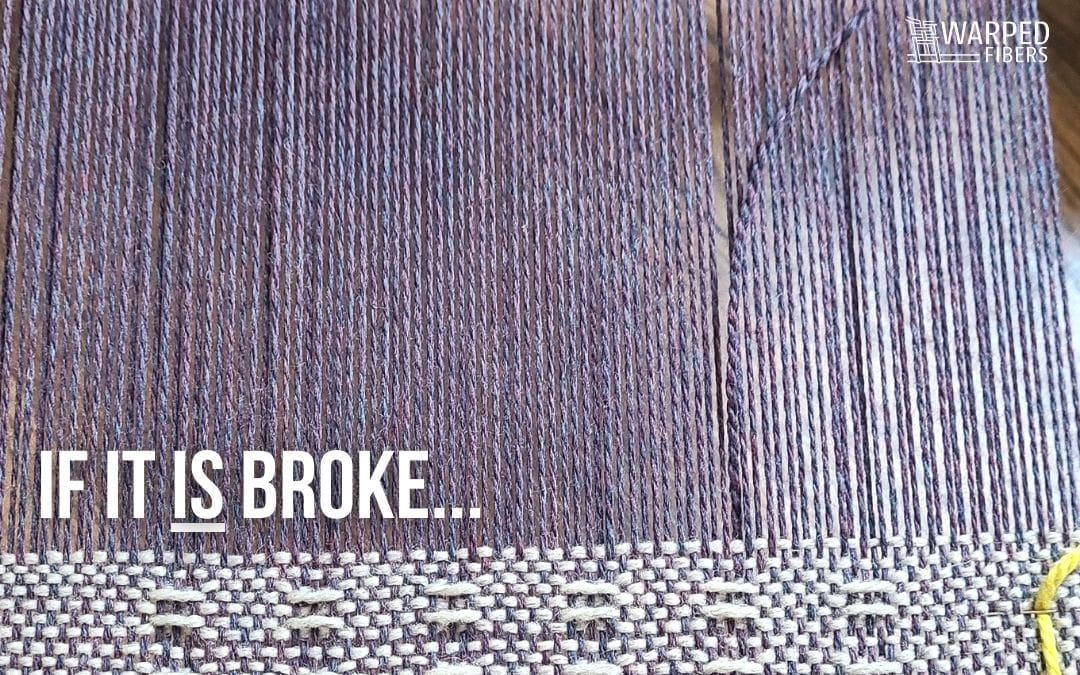

Thank you for sharing your weaving ideas and lessons.
I’m so happy too! Thank you for stopping by!